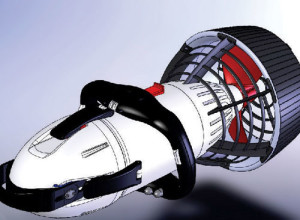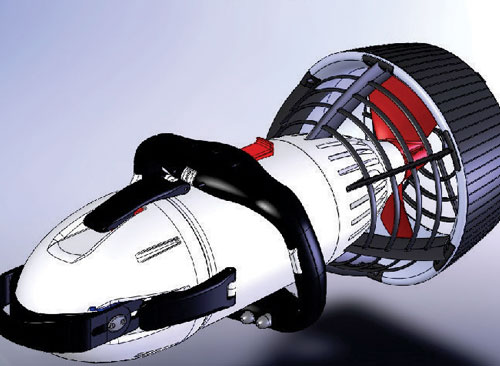 Solidworks is a Solid Modeling cad software that runs on Microsoft windows. Solidworks was developed as a 3d cad software that was easy-to-use, affordable, and available on the windows desktop. It is currently used by over 2 million engineers and designers at more than 165,000 companies worldwide.
Solidworks is a Solid Modeling cad software that runs on Microsoft windows. Solidworks was developed as a 3d cad software that was easy-to-use, affordable, and available on the windows desktop. It is currently used by over 2 million engineers and designers at more than 165,000 companies worldwide.
The latest version of the software Solidworks 2014, covers all aspects of product development process with a seamless, integrated workflow – design, verification, sustainable design, communication and data management.
Designers and engineers can span multiple disciplines with ease, shortening the design cycle, increasing productivity and delivering innovative products to market faster.
3D CAD: Solidworks 3D CAD solutions enable you to quickly transform new ideas into great products. it comes with ECAD/MCAD collaboration, reverse engineering, and advanced wire and pipe routing functionality features
Simulation: you can subject your designs to real-world conditions to raise the quality of your products while you reduce your costs for live prototypes and testing including motion analysis, electronics cooling, fatigue analysis, structural optimization, thermal analysis, and structural analysis. There are also additional tools for simulating nonlinear and dynamic response, dynamic loading, and composite materials.
Product data management: Easily find and repurpose files, parts, and drawings; share design information; automate workflows and ensure manufacturing always has the right version. Solidworks product data management (PDM) solutions help you get your design data under control and substantially improve the way your teams manage and collaborate on product development. With Solidworks enterprise PDM enable your teams to: securely store and index design data for fast retrieval; eliminate concerns about version control and data loss; share and collaborate on designs with people inside and outside the organization in multiple locations, and create an electronic workflow to formalize, manage, and optimize development, document approval, and engineering change processes.
Technical communication: effectively communicate complex product details by leveraging existing 3D CAD data across your organization to create polished content and Animations.all project design data is synchronized in real time, Bi directionally between schematics and the 3d model within a collaborative environment.
Electrical design: combine the electrical schematic functionality of Solidworks Electrical Schematic with the 3D Modeling capabilities of Solidworks electrical 3D and do it all in one powerful, easy-to-use package. Solidworks Electrical Professional is ideally suited for the user that supports both the electrical and mechanical design integration.
Solidworks Mechanical Conceptual: for design professionals and teams who want to create and collaborate without constraints, Solidworks 3dexperience software, powered by Dassault Systèmes 3dexperience platform, provides a conceptual, instinctive, social, and connected development experience that gives you the freedom to design the way you want.
The software comes in three different packages: Solidworks Standard, Solidworks Professional, Solidworks Premium, and Solidworks education edition. The premium version is the most comprehensive of all – it provides a suite of product development tools mechanical design, design verification, data management, and communication tools.


